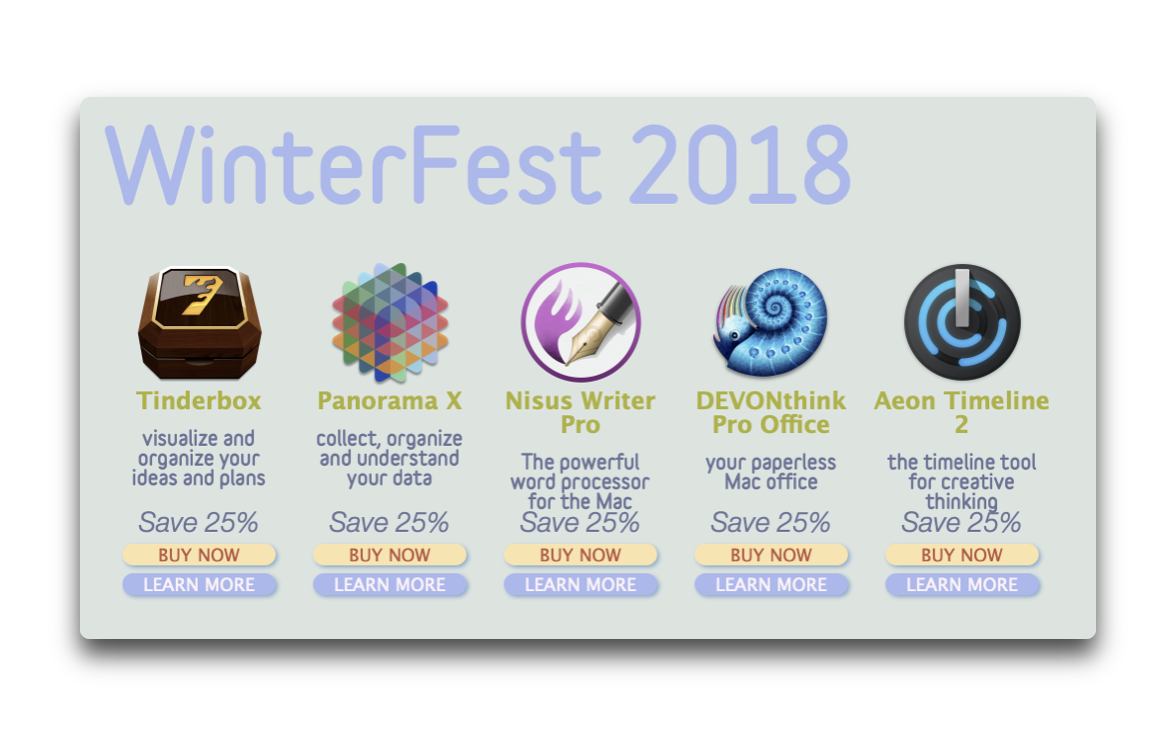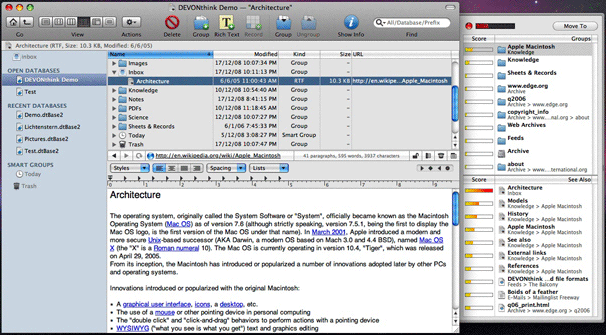
And now the last possible action you have to take on an e-mail: If you are not ready to do that, stop reading your e-mails and come back later. Note that for the e-mails corresponding to the three possible actions listed above, you should never come back to these kinds of e-mails twice. Once you replied, either immediately file that e-mail for future use (see section 6 below) or delete. Needs an action from you and will take 2 min or less: do it now.Files: e-mail contains reference information for future use relative to an ongoing project but need no answer from you (see item 5 below).

If in doubt, simply delete as chances are 99% of the time you will never get back to it, thus your doubt…

So whenever you are ready, look at your e-mail (see section 3 here), you need to be ready to take one of the following actions: The very first thing, you should not read your e-mail if you are not prepared to deal with them. First, I have to tell you that I am a fan of David Allen GTD and I used the method described in his book for many years now. There are only a limited number of actions that can result in reading an e-mail. This post has four sections: from e-mails to action items, filing your e-mails, project-based filing and scripting. I should state that going over to 43Folder and read the Inbox Zero series would be an excellent idea either before or after this post. These blog posts will be permanently part of the E-offices series (digital office).


In this second part, we will see how to transform the “good” e-mails into action items in order to reach the famous, not so unicorn-like, inbox zero and file e-mail intelligently for future use. If you have not please take a few minutes and read it here. It assumes that you have read the first one, basic ethos. This is the second (and last) installment in dealing with e-mails.


 0 kommentar(er)
0 kommentar(er)
